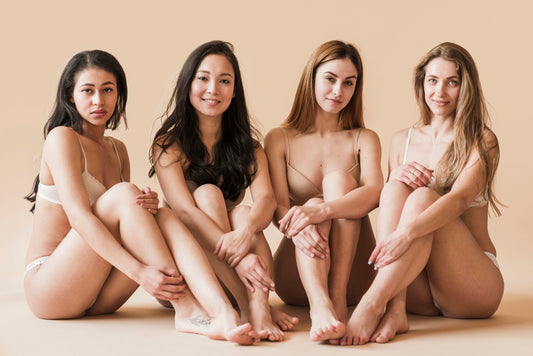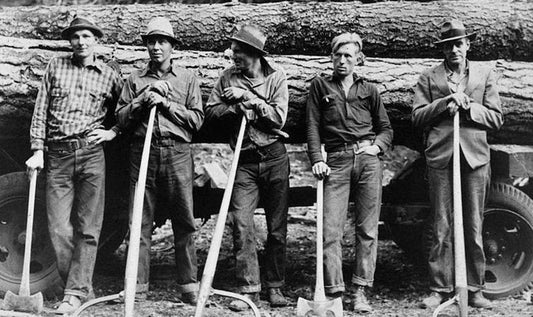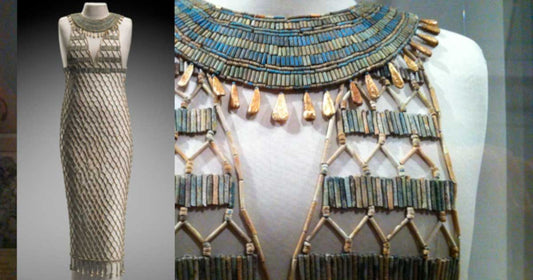Introduction
In the world of fashion, history often serves as a wellspring of inspiration. There's something undeniably captivating about ancient civilizations and the way they dressed. Among these, the clothing of Ancient Egypt stands out as a remarkable testament to artistry, culture, and timeless elegance. In this article, we embark on a journey through time to explore the enigmatic world of Old Egyptian Clothes, shedding light on their significance, style, and enduring influence on modern fashion.
Ancient Threads: Old Egyptian Clothes
-
Drapery and Fabric: The quintessential old Egyptian dress consisted of simple, draped garments made from fine, breathable materials like linen. Linen was a popular choice due to its comfort in the scorching Egyptian climate. The garments were typically white or off-white, reflecting the country's reverence for purity and the afterlife.
-
Unisex Garments: One striking aspect of old Egyptian clothing was its unisex nature. Both men and women wore similar styles, featuring flowing tunics and kilts, known as the 'shenti' for men and the 'kalasiris' for women. These garments exemplified modesty and practicality.
-
Symbolism and Accessories: Egyptians believed in the power of symbolism, and their clothing was no exception. Jewelry, such as amulets and anklets, adorned their bodies and held spiritual significance. The 'udjat' eye, a symbol of protection, frequently found its way onto accessories.
-
Headdresses and Wigs: Headwear was crucial in ancient Egyptian fashion. Pharaohs and nobility often wore elaborate headdresses, like the iconic 'Nemes' crown, while wigs were commonly used by both men and women as a symbol of cleanliness and style.
-
Makeup and Grooming: Cosmetics played a significant role in ancient Egyptian culture. Khol-lined eyes and red lips were common beauty standards, reflecting their admiration for the divine. Cosmetics were also believed to protect against eye infections and the harsh sun.









